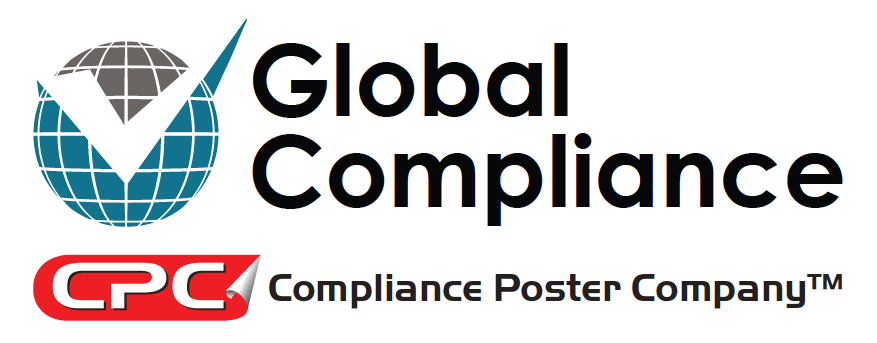 The US Department of Labor has announced the 2018 minimum wage rate required by Executive Order 13658. The Executive Order (EO) establishes a minimum wage requirement for Federal contractors and subcontractors. Each year, the U.S. Secretary of Labor determines the EO minimum wage rate based on the annual increase in the Consumer Price Index (CPI). Next January, the EO minimum wage rate for workers performing work on or in connection with a covered contract will increase by 15 cents per hour to $10.35 per hour. The minimum cash wage for tipped employees working on or in connection with a covered contract will increase by 45 cents per hour to $7.25. If the tipped worker does not make enough in tips to reach $10.35, then the employer must make up the difference.
The US Department of Labor has announced the 2018 minimum wage rate required by Executive Order 13658. The Executive Order (EO) establishes a minimum wage requirement for Federal contractors and subcontractors. Each year, the U.S. Secretary of Labor determines the EO minimum wage rate based on the annual increase in the Consumer Price Index (CPI). Next January, the EO minimum wage rate for workers performing work on or in connection with a covered contract will increase by 15 cents per hour to $10.35 per hour. The minimum cash wage for tipped employees working on or in connection with a covered contract will increase by 45 cents per hour to $7.25. If the tipped worker does not make enough in tips to reach $10.35, then the employer must make up the difference.
What types of contracts are covered by the EO?
The contractor minimum wage rate applies to all contracts for:
- construction covered by the Davis-Bacon Act (DBA);
- contracts for services covered by the Service Contract Act (SCA);
- concessions contracts, such as contracts to furnish food, lodging, automobile fuel, souvenirs, newspaper stands, and/or recreational equipment on Federal property; and
- contracts to provide services, such as child care or dry cleaning, in Federal buildings for Federal employees or the general public.
Who must be paid the EO minimum wage rate?
The EO generally applies to the following categories of workers performing “on” or “in connection with” covered Federal contracts:
- employees who are entitled to the Fair Labor Standards Act (FLSA) minimum wage;
- service employees who are entitled to prevailing wages under the SCA; and
- laborers and mechanics who are entitled to prevailing wages under the DBA.
Workers whose wages are governed by the DBA, the SCA, or the FLSA are only entitled to be paid the EO minimum wage for the time that they spend performing work on or in connection with covered contracts. Individuals employed in a bona fide executive, administrative, or professional capacity are exempt from coverage of the EO. Similarly, employees who are exempt from the minimum wage protections of the FLSA and workers who spend less that 20% of their workweek hours on covered contracts are not entitled to the EO minimum wage rate.
Contractor Notice Obligations
Contractors and subcontractors must notify all workers performing work on or in connection with a covered contract of the effective EO minimum wage rate. Contractors may comply by posting the official EO Minimum Wage posting in a prominent and accessible place at the worksite. Contractors who customarily post notices to workers electronically may post the minimum wage notice electronically in lieu of physical posting, provided that such electronic posting is displayed prominently on a website that is maintained by the contractor and is customarily used for notices to workers about terms and conditions of employment. Posting SCA and DBA wage determinations that reflect the effective EO minimum wage rate also comply with the notice requirements.
Is compliance with all Federal contractor notice requirements easy?
Yep. CPC has complied Federal contractor notices together for a one-step compliance solution. Later this year, we will be updating these posters with the 2018 EO Minimum Wage notice. In the meantime, preview our posters by clicking on one of the following links:
- Federal Service and Manufacturing Contracts Poster
- Federal Construction Contracts Poster
- Federal Contract Postings MPP add-on
- Federal Contractor Minimum Wage Poster
- Federal Service Contract Poster with E-Verify
- Federal Service Contract with E-verify MPP add-on


Permalink
I am a contractor who works for a utility company. I’ve been on this job for once a year, I don’t get vacation time off but I do get 3 days a year for sick time. Am I entitled to a cost of living increase at least once a year? Thank you.
Permalink
Hi Juanita,
Beginning January 1, 2020, federal contractors must pay workers performing work on or in connection with federal contracts covered by Executive Order 13658 at least $10.80 per hour. The Executive Order allows the Department of Labor to adjust this amount each year.
I hope this is helpful. If you would like more information on your specific work situation, contact the Department of Labor.